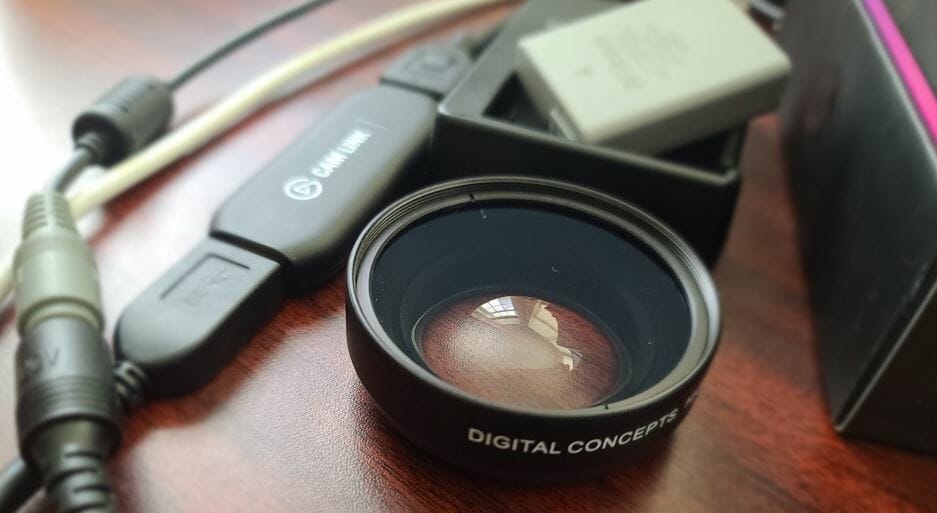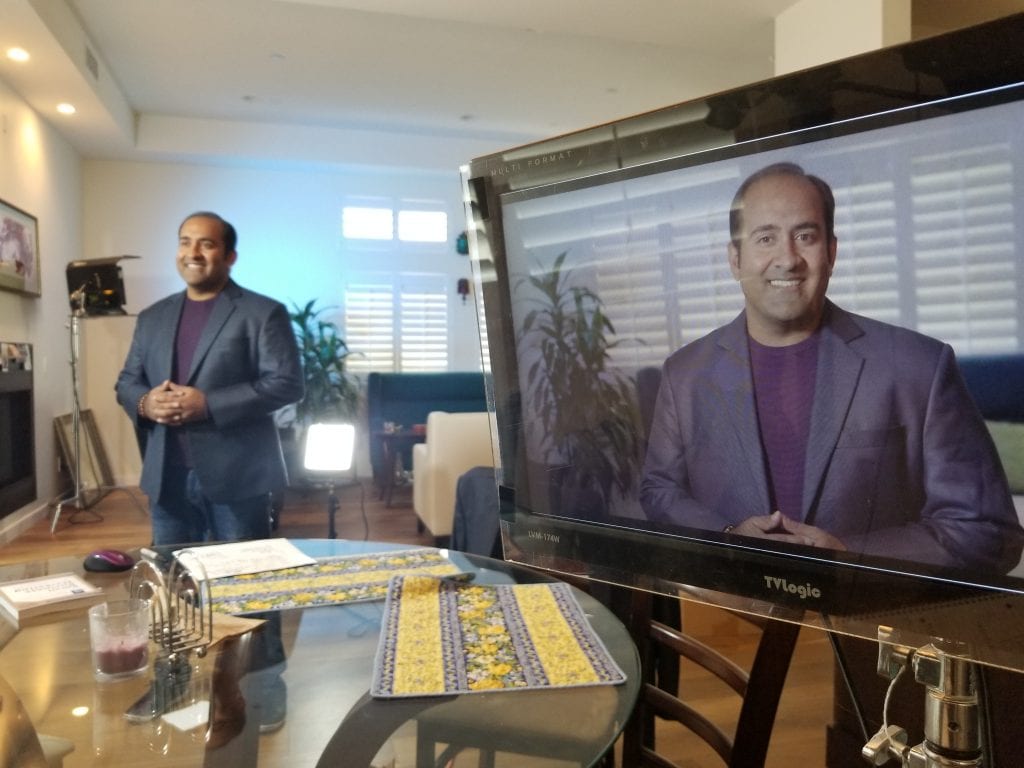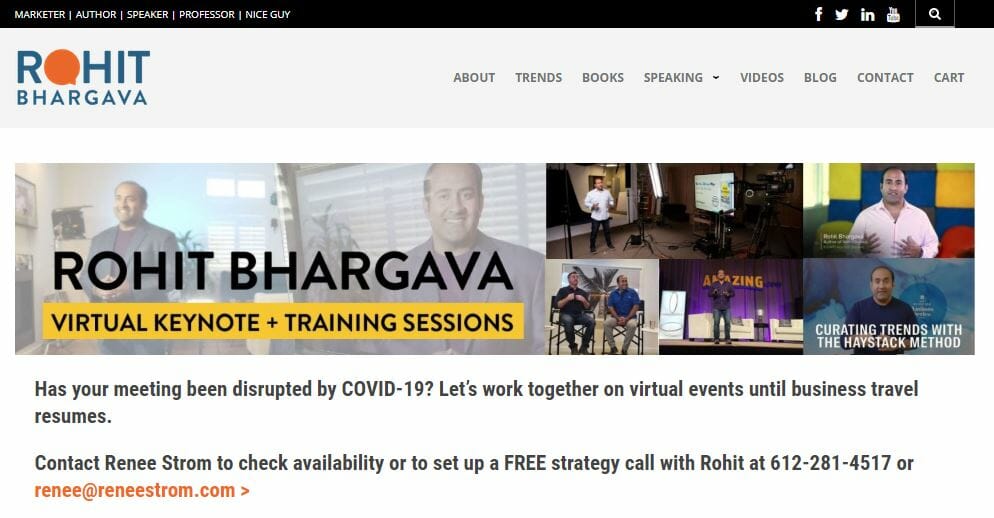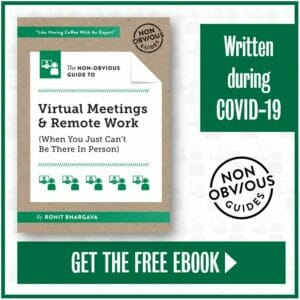7 April
I watch Jean-Luc Godard. Instagram Live.
A cigar between his fingers sometimes, and in his mouth almost always.
Around him, masks on some faces.
He talks clearly or semi-clearly, long pauses sometimes.
I imagine Godard’s camera pointed at the TV news.
Or at the pages of the newspapers.
It stares as if hypnotised.
The camera’s eye gives up and remains still forever.
As if obeying orders from the outside.
That’s enough, he would say. The news.
The daily Manu Chao session: ‘Beautiful woman’
‘Yesterday you did not have faith in God’
‘Today, luckily, is not yesterday’
Sheer luck.
Michael Gove, the Minister for the Cabinet Office.
Interview on BBC radio, about the hospitalisation of the British prime minister.
He talks about the ‘zest for life’ that Boris Johnson has, whether ‘on the tennis court’ or ‘in government’.
He’s ‘a force of nature’, he says.
He is not on a ventilator, according to the newspaper reports.
Godard’s line: it’s not blood, it’s red.
What you see on a screen is not blood, it’s a colour.
Only off the screen is blood blood.
But this plague has no blood.
One of the rare tragedies where there is no blood.
Hard to understand a tragedy without blood.
Spoiled by Quarantino, Tarantino, Quarentino:
blood that is redder than the reddest possible.
Thinking about the four elements – earth, air, water and fire.
This is a tragedy connected to the element of air.
Lungs and difficulty breathing.
When people talk about a tsunami in the hospitals, I say.
It’s not a tsunami of water, of course, but of sick bodies.
A solid tsunami.
A tsunami of bodies in a solid state with a total lack of air.
A tsunami of solids that want to breathe.
A tragedy of air.
And also, yes, also a bit of fire.
Pictures from some cities in Latin America: the burning in front of the family home of the dead who are not collected by the state.
So they do not infect.
The bodies burn at many degrees Fahrenheit, far higher than books.
Or not.
A hierarchy of the resistance of materials that is muddled up by biology.
The most important is sometimes the one that yields fastest.
At what temperature do bodies burn? I ask Google that question.
But it does not give a direct answer.
It dodges, it deflects, it changes the subject.
For example: a page appears with the title: Effects of winter on our bodies.
Even machines and algorithms have their limitations and their shame.
I don’t ask Google the question again.
I don’t want to insist.
The collar on the neck of my shepherd Roma has turned her into a domestic tank with fur.
They talk about phantom limbs in humans: what you lose but can still feel.
With animals it’s the opposite: the funnel around the head hasn’t yet entered the body.
Roma knocks into everything as if she were blind.
The news. A picture of a cathedral in New York.
Everything is the possibility of a hospital.
What is happening to spaces?
The Portuguese deputy director-general of health Catarina Sena has died, aged 47, ‘the victim of a prolonged illness’.
‘She spent her life bad-mouthing cats and in the end she was adopted by one, of whom she became an accomplice.’
‘She gave me an olive tree, she cried with me and for me, she worked with me, she helped me a lot, really a lot, a perfect companion. I miss you incalculably. I hope I was able to live up to you,’ wrote the director-general of health.
At what point in the day can we be moved?
I’m told about a father who whenever he wants to cry goes out onto the balcony of his apartment so his children don’t see.
His children think he’s going to get some air.
I read the news story.
‘Tonight there’s a good reason to go to your window and look at the sky. There’s a “pink” moon coming.’
‘The full moon will look 14 per cent bigger and 30 per cent brighter.’
Percentages get into everything, even brightness.
United Kingdom sees a daily record of deaths: 854 in the last 24 hours.
‘France. Latest balance-sheet reports that . . .’
New York, New York.
Maybe the father doesn’t know that the children also go out onto the balcony to cry so their father doesn’t see.
They say they’re going to get some air.
George Kubler once wrote: actuality ‘is when the lighthouse is dark between flashes’;
‘it is the instant between the ticks of the watch’.
Tonight fathers and children have a good reason to go to the window: pretending that the moon still matters.
I read that number again: more than ten million newly unemployed people in the United States of America.
Few times are as current and actual as this is now.
Actuality is not a light, it’s the opposite.
‘it is when the lighthouse is dark between flashes’.
13 April
In Brazil, Christ the Redeemer dressed as a doctor.
Photograph in the Folha de São Paulo newspaper.
Christ with overalls and a stethoscope.
We look up and we feel calmer, says an inhabitant of Rio de Janeiro.
Another says: I got scared. It means things are serious.
Christ dressed as a doctor.
A technical Christ, who studied at a school and saves with the help of machines.
‘A man broke the staying-home ban and went off after his ex-wife.’
In the north of Portugal, another man kneels on the street as Christ’s cross passes by in the hands of a priest.
In spite of it all, the importance of hands.
He’s dressed like a doctor, says somebody about the Christ the Redeemer, but his hands are the same.
Hands remain present in the twenty-first century. No machines have done away with them.
In Brazil, an artist says she has found shadows in her house that she’d never seen before.
Because she had never been home at that time.
I imagine a body that is completely technical and atheist with the exception of the hands that are believers.
Hands from outside the rest of the body, as if that were possible.
Pete Seeger with a banjo, in the sixties of the twentieth century, asking for eight hours for working, eight for play and eight for sleeping.
Thinking about the new distribution of the day: one hour for being afraid.
Or one hour for being tense.
Andrew Cuomo, governor of New York, has described the rapid spread of the virus: ‘like watching a fire going through dry grass with a strong wind’.
Atahualpa Yupanqui and a milonga to break even the strongest. ‘Milonga triste’ – the sad milonga.
The strongest are those that break most easily – as the eastern parables teach us.
It is your own strength that brings you down, etc.
In judo the stronger the thug the harder he crashes face-first onto the floor.
Sanders endorses Biden for the White House.
Yupanqui’s voice breaks the most serious of humans into four hundred pieces.
A question: do you know all the shadows in your house?
In Spain a maximum of two people can attend a funeral.
They say the virus can spread from the lungs to the brain.
The image of a relative beside the coffin, two metres away, in a mask.
And a priest in front of the coffin, also in a mask and two metres away.
The decision. Which two people will say goodbye to the dead person?
The older brother or the younger brother?
The wife or the child?
Sometimes another person approaches. One at the most.
They aren’t a relative, they want to pay tribute.
Whoever has the same fear has the same smell, whoever has the same smell has the same name, whoever has the same name has the same fear. And whoever has the same fear has the same smell.
Animal species distinguish themselves by sense of smell.
Whoever loses their sense of smell loses their family.
A priest (Spanish) says that many people do not understand these restrictions on funerals, but some do.
Funerals have become dangerous for the living.
I recommend Tanizaki, in praise of shadows.
‘Lockdown in Ireland extended to May 5th’, what may be ‘an inconvenience for some will be life saving for others’.
The minor nuisance for one, the death of the other.
We have never been so apart.
I’m sorry about the nuisance, but I would rather remain alive.
Each person, an enemy.
Somebody phones me and says they have gone out after three weeks.
And they also say their legs are shaking.
The homeless man on the street is still there and he is certain nothing’s going to get him.
I’ve already gone hungry, he says.
And really, he looks the same.
The president of the European Commission said yesterday that older people might have to stay home until the end of the year.
They are talking about three vaccines and about the impossibility of a vaccine.
We ought to stop and look at that doctor Christ in Rio de Janeiro.
The whole century, as if it were a person, sitting mouth agape looking at Christ dressed as if the city below him were a hospital.
The century with its mouth agape.
I imagine, suddenly, in each church this Easter, many believers doing the same.
A heresy in other times no doubt, but not now.
Dressing Christ as a doctor.
The crosses, millions of crosses everywhere, with Christ dressed as a doctor.
The way some children used to dress dolls.
Overalls and a stethoscope.
I breathe and think: how much time has passed in so little time.
In a month a thousand years or more.
So much time in such a small month.
If a new Christ comes let him be a doctor, they’re asking these days.
They’re asking for a medicine or a vaccine.
We cannot bear to stay home any longer.
20 April
Our Lady of the Windows, yes.
Everyone waiting for that empty space to get even emptier.
Emptied of the thing that sparks fear.
Louis Vuitton masks, 199 dollars.
In a yellowish case, really elegant.
And inside, a bag, the same name: Louis Vuitton.
It seems to advertise a jewel, but it is a brown mask, size S.
Size S for small or for Scared?
Imagining size S.
The size of being Scared.
May Our Lady of the Windows allow us out, some people are praying without moving their lips.
Just using their eyes.
‘Crooked go great men and rivers,
Crooked, but to their destination’.
Nietzsche went crazy and banged his head against the wall to see if it would make him better.
That isn’t biographical, it’s made up.
Imagine you’re smashing through walls with your head so you can finally see your neighbour.
The S on clothing has stopped meaning Small and started being Scared.
Clothes in size Scared.
‘that is their best courage,
they are not scared of the crooked paths.’
Not being scared of crooked paths.
Aníbal Ruão, 93.
He has been to the hospital several times lately: a fall and urinary infections.
On one of those visits they detected Covid-19.
He spent fifteen days in hospital.
He survived, he came back.
When he got back home, his neighbours were on their balconies.
There was applause to welcome him home.
Is it possible by the crooked path to arrive at your destination? Yes.
Can you walk in a straight line to the wrong place? Sure.
Aesthetic applause and applause for somebody who survives.
I think about the clapping at the theatre.
I applaud because it’s beautiful, I applaud because it’s powerful, I applaud because it made me think, I applaud because you survived.
Masks that are silver- and gold-plated too.
Masks with precious stones; the price of a car.
A handwritten piece of card saying: I am thankful for fresh air, for fresh ideas.
A movement: people being thankful.
A woman with a card in front of her legs. I am thankful for my vagina.
A man in a cowboy hat, bare-chested, tattoos everywhere.
He’s holding a card saying: I’m thankful for the free porn on the internet.
A sign around the neck of a dog with three balls in front of him.
The sign says: I am thankful for having three balls to play with.
A young Asian man: I am thankful for all the sick people still being alive in Vietnam.
I see that the white of the wall is still white.
A daily task, when it rains: check that the water doesn’t erase the white.
‘Authorities in the Big Apple have released more than 1,400 detainees since the beginning of March’.
In a province in Ecuador, hundreds of deaths have been recorded in the first two weeks of April.
Yesterday, concert: each musician in their home.
Mick Jagger sings: ‘You Can’t Always Get What You Want’.
A good synthesis.
Another possible synthesis: you are alive, sometimes you get what you want.
The Rolling Stones drummer, Charlie Watts, is at home without a drum kit.
He plays with drumsticks on suitcases he has in front of him.
And on the sofa.
‘You Can’t Always Get What You Want’.
Close to a hospital in São Paulo there are ambulance sirens.
And also the honking of cars that aren’t letting the ambulances past.
The sick are stopped, waiting, in the middle of this political traffic.
Horns and sirens competing to occupy the centre of the air.
You can’t always get what you want, darling.
In the United States images of a homeless man in a car park.
The pictures are lying on top of numbers and letters.
Mick Jagger yells – and Charlie Watts, who’s an old man now, looks like a lunatic using his luggage as a drum kit.
How can you clap for someone who isn’t a survivor?
It rains a lot and then it stops. Intermittent rain and some light.
They asked him why he still wrote in Yiddish.
Everybody who could read in that language had been killed in the death camps.
Isaac Bashevis Singer replied that he was writing for their shades.
Tatatatatatatatatatatata.
The noise of what in the middle of the tedium?
Something has split in the neighbour’s world.
I look outside: trees, earth, white wall and shapeless stone; many shadows and two dogs.
28 April
We must applaud animals, yesterday’s diary.
Public and private thanks.
They have been brave.
I applaud my animals and they look at me: what does this idiot want?
Boris Johnson interrupted his meeting with the Chancellor of the Exchequer for a minute’s silence.
Interrupting the economy with a minute’s silence.
A ritual that could be repeated in the middle of every day.
In the middle of the economy: a minute’s silence.
‘Coronavirus-related syndrome detected in children’.
And a number of doctors, nurses and support staff dead.
Ten per cent of those they were trying to save, suddenly kaput: virus, symptom, fever – sometimes quickly a possible goodbye and death.
In Mexico, some doctors and nurses are being insulted.
They are having water poured over them to clean them.
A doctor is seen as a sick person.
The sickness overtakes the sick person, the doctor, the medical instruments, the hospital, the neighbourhood, the city and the country.
And your head.
The status of observer disappears.
Sick person or potential sick person. There is no third option.
Clapping, silence, and buckets of water.
There’s no space for the living or for the dead, said the mayor of the city of Guayaquil, Cynthia Viteri, some days ago.
She was referring to the city’s hospitals and cemeteries.
The city is opening up two new spaces to take in those who are no longer walking or breathing.
I carry a bucket of water and the weight of the water fascinates me.
It’s not lead, or stone or sand.
It seems a benign weight; a weight that is kind-hearted.
But physics have no ethical contortions, no compassion walking on tip-toed so as not to wake the righteous from their sleep.
Weight is weight, but I like it when the weight swings.
‘New Wuhan study has identified virus in air particles’.
But no conclusions as to whether the air can cause infections.
In Spain, kids are on the street, authorised by decree to leave their homes.
It’s like they’re seeing the wind for the first time.
It stops being an airy invisible thing and is met with celebration.
Number of dead in Africa rises and there is talk of a possible ‘baby boom’.
An old monarchy is installed in times of emergency.
The first minister becomes temporary king of a kingdom that doesn’t exist.
In Spain, children discover skateboarding – and all the speed and disequilibrium are met by feet that have been still for too long.
The police move forward on horseback, wearing masks, in some Italian cities.
There are villages with no people and with nobody on the streets, but even before the plague they had no people and nobody on the streets.
‘Without a vaccine, it will be “exceedingly difficult” to hold the Olympic Games in 2021.’
British Airways expect to make more than ten-thousand jobs redundant.
In person classes in Spain not till September.
All across the world, this. Top to bottom.
Many refuse to wear a mask and people give them sidelong looks.
Many wear masks and people give them sidelong looks.
The sidelong look at another human being has stormed into the century, and it won’t be leaving anytime soon.
A new species of human who looks sidelong more than they look straight ahead.
‘Gatherings of more than ten people banned in France.’
Before, when cars stopped at the traffic lights, there would be people selling sweets and water on the streets of Latin America.
Now they sell masks at the traffic lights, but in some places the lights have turned green and no cars are moving.
And business cannot be good like this.
Image © Hom26
The post Plague Diary: April appeared first on Granta.
 So I started researching. At first it was YouTube videos. I watched a 34 minute overview on selecting the right cardioid microphone. I took notes from a masterclass from a Hollywood lighting pro on techniques like loop and butterfly lighting. I consumed hours of videos on acting techniques, professional studio setups, and product demos. I also asked for advice from some professionals in the entertainment business from my network and read what my friends and fellow speakers were sharing on social media.
So I started researching. At first it was YouTube videos. I watched a 34 minute overview on selecting the right cardioid microphone. I took notes from a masterclass from a Hollywood lighting pro on techniques like loop and butterfly lighting. I consumed hours of videos on acting techniques, professional studio setups, and product demos. I also asked for advice from some professionals in the entertainment business from my network and read what my friends and fellow speakers were sharing on social media.



 One of the nicest things about presenting from my home office is that I can have all the tools I usually use right next to me. So while I used to share a picture of a stack of books that I read from the stage, now I can actually SHOW people the stack. Props are a great way to break up the monotony of a talk and bring your personality too.
One of the nicest things about presenting from my home office is that I can have all the tools I usually use right next to me. So while I used to share a picture of a stack of books that I read from the stage, now I can actually SHOW people the stack. Props are a great way to break up the monotony of a talk and bring your personality too.
 Want to see all of my best insights as well as learn from the experiences of more than 50 experts who have contributed to share their best tips with you?
Want to see all of my best insights as well as learn from the experiences of more than 50 experts who have contributed to share their best tips with you?




